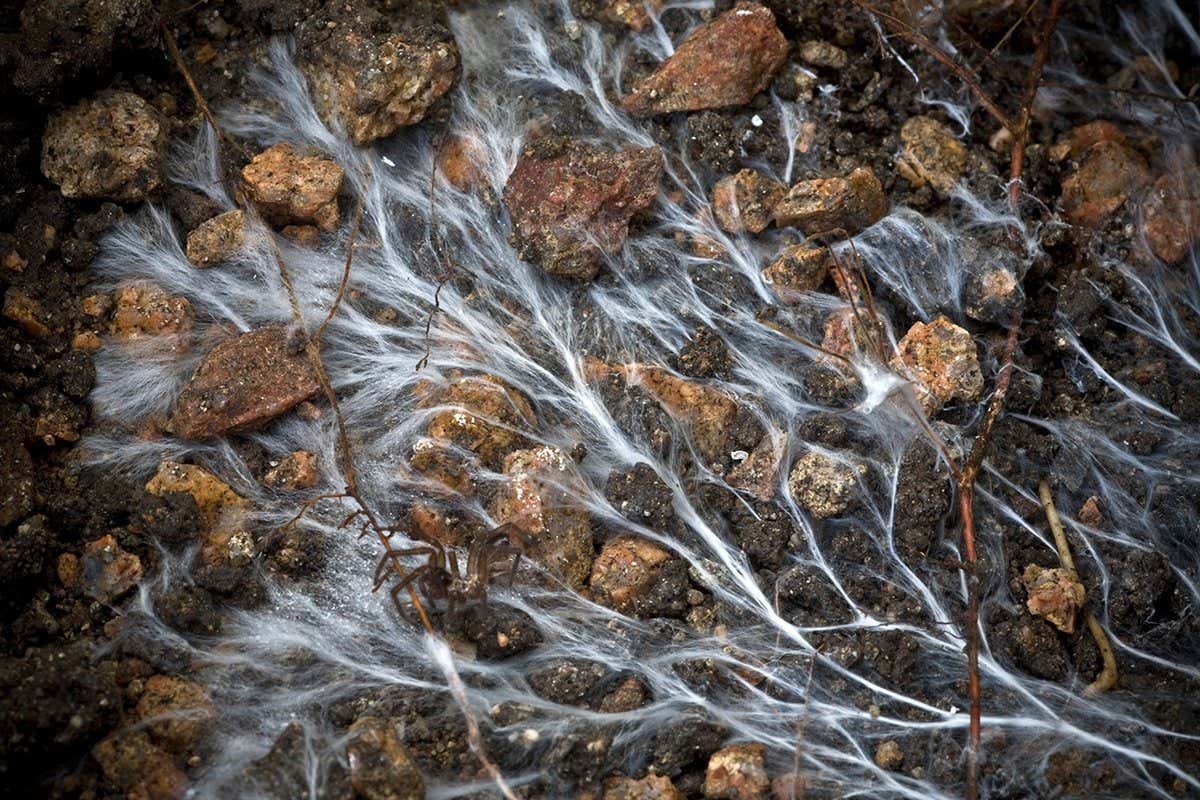Wild Fungi: A Key to Enhanced Carbon Sequestration
Unlocking Nature's Secret Weapon in the Fight Against Climate Change
The world is grappling with the urgent need to reduce atmospheric carbon dioxide (CO2) and mitigate the effects of climate change. While numerous solutions are being explored, a fascinating and often overlooked player in this fight is emerging: wild fungi. Recent research highlights the significant role these often-unseen organisms play in carbon sequestration, offering a potentially powerful tool in our efforts to combat climate change.
The Mycorrhizal Network: Nature's Underground Carbon Highway
Wild fungi, particularly mycorrhizal fungi, form symbiotic relationships with plant roots. These intricate networks, extending far beneath the soil surface, act as a crucial conduit for carbon transfer. The fungi receive sugars from the plants, while in return, they enhance nutrient uptake for the plants and, critically, significantly increase the amount of carbon stored in the soil. This process is far more efficient than previously understood.
- Enhanced Carbon Storage: Mycorrhizal fungi increase soil carbon storage in several ways. They stabilize soil aggregates, preventing erosion and loss of organic matter. They also directly incorporate carbon into their own biomass and the surrounding soil.
- Improved Soil Health: The extensive fungal networks improve soil structure, water retention, and overall fertility. Healthier soils are more resilient to climate change impacts and are better at sequestering carbon.
- Biodiversity Boost: A diverse range of wild fungi contributes to a more robust and resilient ecosystem, further enhancing carbon sequestration potential.
Beyond Mycorrhizae: Other Fungi's Contributions
While mycorrhizal fungi are key players, other types of wild fungi also contribute to carbon sequestration. Saprotrophic fungi, for example, decompose organic matter, releasing nutrients and facilitating the incorporation of carbon into the soil. This decomposition process, while releasing some CO2, ultimately contributes to a net increase in soil carbon storage over time, particularly in healthy ecosystems.
Protecting and Restoring Fungal Habitats: A Crucial Step
To harness the full potential of wild fungi in carbon sequestration, it's crucial to protect and restore their habitats. Deforestation, unsustainable agricultural practices, and pollution all negatively impact fungal populations and their ability to perform their crucial role.
- Sustainable Forestry Practices: Implementing sustainable forestry methods, such as selective logging and reduced-impact logging, helps preserve fungal networks and maintain soil health.
- Protecting Biodiversity: Conserving biodiversity, including a wide range of plant species, ensures a diverse fungal community.
- Reducing Chemical Use: Minimizing the use of pesticides and fertilizers protects fungal populations from harmful chemicals.
Future Research and Applications
Ongoing research is exploring innovative ways to utilize wild fungi for enhanced carbon sequestration. This includes investigating the potential of specific fungal species and developing strategies to promote their growth and activity in various ecosystems.
Conclusion: A Promising Avenue in Climate Change Mitigation
Wild fungi represent a significant, yet often overlooked, component of the Earth's carbon cycle. By understanding and protecting these vital organisms, we can leverage their natural capabilities to enhance carbon sequestration and mitigate climate change. Further research and implementation of sustainable practices are crucial to unlocking the full potential of wild fungi in the fight for a healthier planet. We need to actively protect these unsung heroes of the soil and harness their power for a more sustainable future. Learn more about mycorrhizal fungi and their importance [link to relevant scientific article/website].
(Optional: Add a call to action here, such as encouraging readers to learn more about sustainable practices or support organizations working on fungal conservation.)

